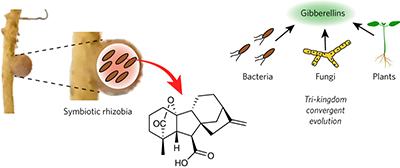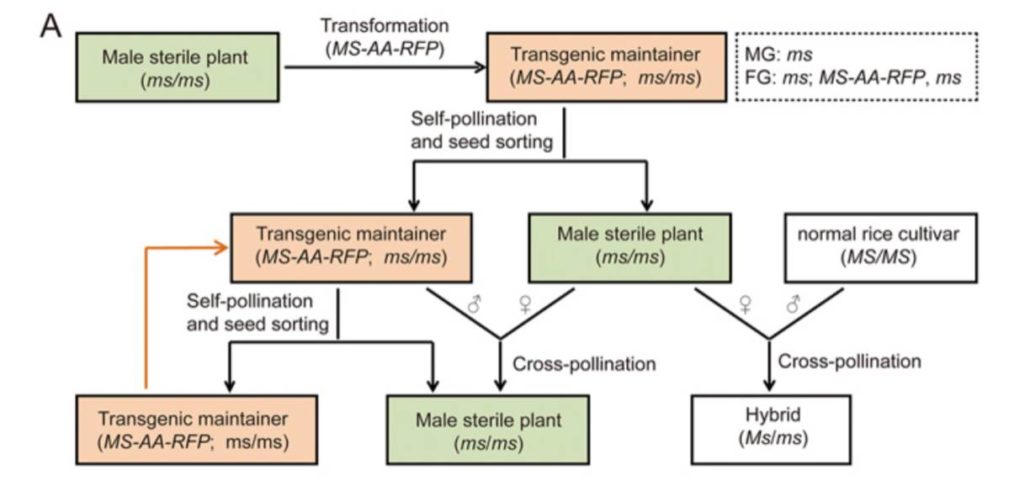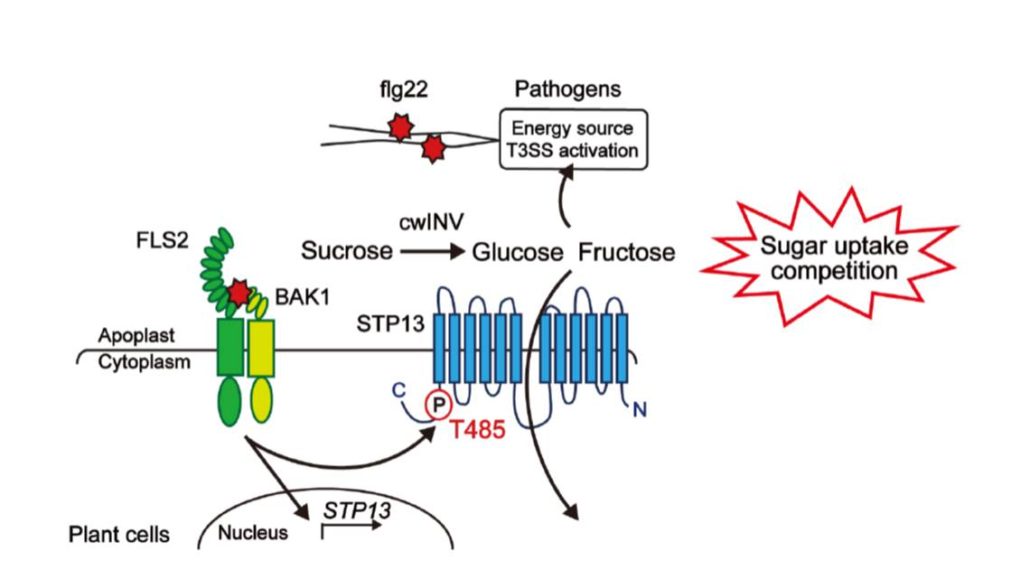
Best of 2016: Top Topics in The Plant Cell journal
Blog, Research, Research Blog, The Plant CellWe’ve highlighted some of the Plant Cell papers that were widely shared, liked, blogged, retweeted and otherwise garnered high-levels of attention this year. Perhaps you can use some holiday-season quiet time to catch up on those you missed.
Reviews and Perspectives
Creating order from chaos: epigenome…

Best of 2016: Top Topics in Plant Physiology jounal
Blog, Research, Research Blog
We’ve highlighted some of the Plant Physiology papers that were widely shared, liked, blogged, retweeted and otherwise garnered high-levels of attention this year. Perhaps you can use some of that holiday-season quiet time to catch up on those you missed.
The breakaway attention-getter from Plant…

Gibberellin biosynthesis in bacteria: Still more convergent evolution ($)
Plant Science Research Weekly, Research0 Comments
/
Gibberellin hormones were famously identified as the product of Gibberella fujikuroi, a fungal pathogen that stimulates host cell elongation, and then subsequently recognized as a hormone produced by plants as well. Fungi and plants produce gibberellins from distinct biochemical pathways, in an example…

Did a Swedish researcher eat the first CRISPR meal ever served?
Research, Research BlogFrom Science, By Jon Cohen Sep. 7, 2016
http://www.sciencemag.org/news/2016/09/did-swedish-researcher-eat-first-crispr-meal-ever-served
In what Swedish plant scientist Stefan Jansson declares “maybe” a historic event, he cultivated, grew, and ate a plant that had its genome edited with CRISPR-Cas9.…

Construction of a male sterility system for hybrid rice production via nuclear male sterility gene
Plant Science Research Weekly, Research
Traditionally, the production of hybrid maize seed involved the removal of male flowers to prevent self-fertilization of the female flowers. Rice produces bisexual flowers, so mechanical emasculation is not as amenable. Therefore, hybrid rice production requires that the female parent be genetically…

Stimulation of sugar import for antibacterial defense ($)
Plant Science Research Weekly, Research
When villagers see the marauding hordes approaching, they secure their food sources. Similarly, when the cell-surface FLS2 receptor detects a bacterial pathogen, it (through its co-receptor BAK1) phosphorylates and stimulates the activity of a cell-surface sugar transporter (STP13), leading to the…

Molecular basis for plant growth responses in shade and under competition for light ($)
Plant Science Research Weekly, Research
The wavelenghts of light perceived by a plant are information-rich, and plants integrate information from photoreceptors tuned to different wavelenghts to optimize their growth and development. Because plants absorb red light but not far-red light, a low ratio of red to far-red light indicates vegetative…

Ticket to Ride: tRNA-Related Sequences and Systemic Movement of mRNAs
Blog, Research, The Plant Cell: In BriefIN BRIEF by Jennifer Mach [email protected]
Movement of macromolecules through the plant phloem provides a mechanism for long-distance signaling that plants use in development, disease resistance, and other adaptive responses (reviewed in Spiegelman et al., 2013). For example, full-length RNAs, such…

